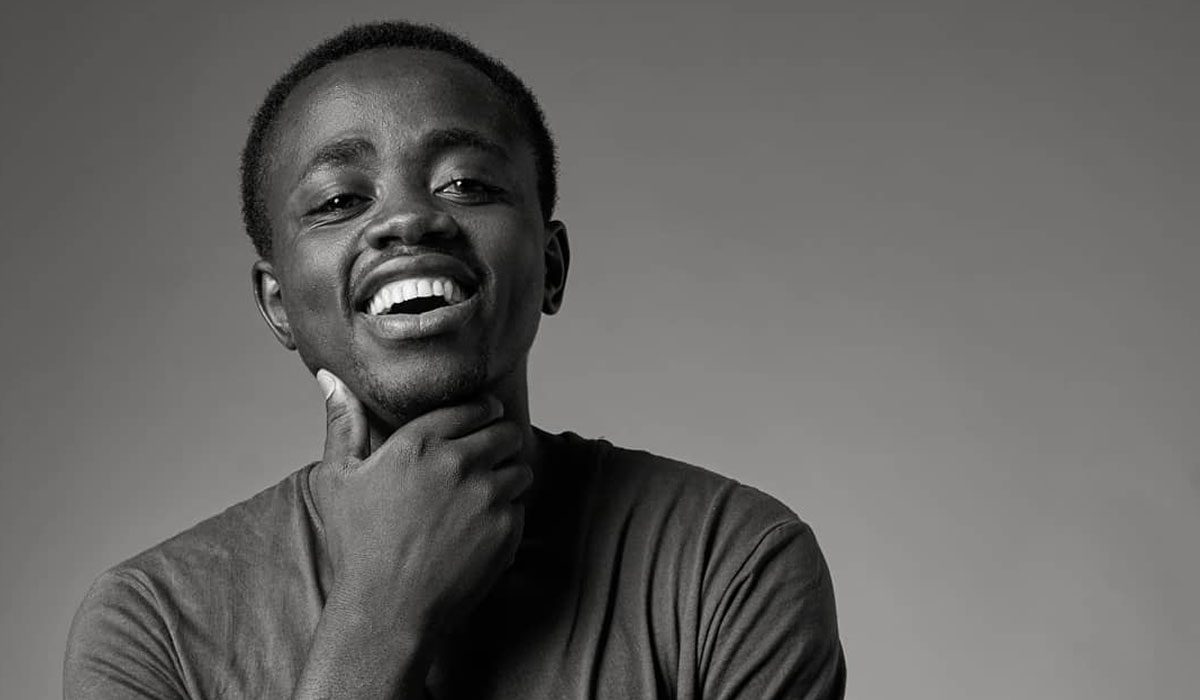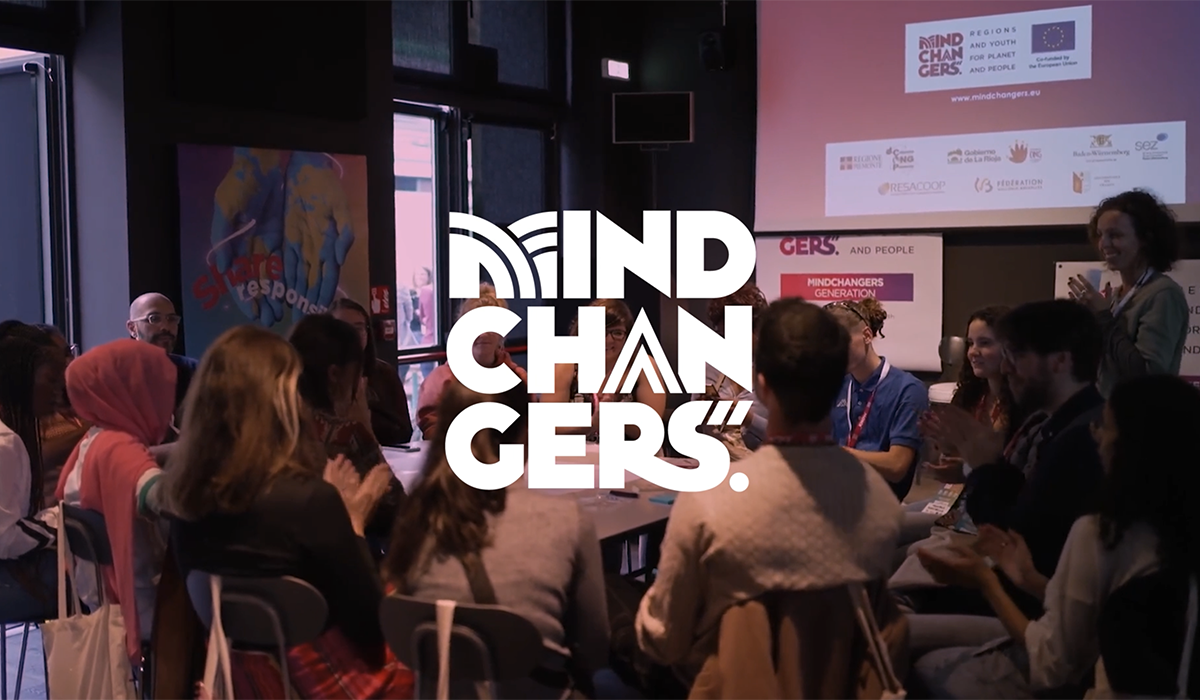Kelvin Akpaloo is an Afro-Irish facilitator, trainer, dancer and spoken word artist with more than seven years of experience in promoting human rights issues, inclusion and the integration of minorities, community development and youth development. He works on a national and international level: his methods use creativity, including spoken word, movement, poetry and dance.
Some of his projects see the collaboration with entities such as Eurobug Int, the National Youth Council of Ireland, Tallaght Community Arts, Amnesty International and Intercultural and Refugee Programme, on a national level. On an international level, he has been working with organisations such as Culture Goes Europe (CGE) in Germany, Europimpulse (Spain), Apice (Italy), NAB Charity Foundation (Ghana) and many others.
His work with Eurobug Int and Tallaght Community Arts has helped him deepen his knowledge of what means working with young people experiencing disadvantages. Furthermore, his participation in the NUI Certificate in Global Youth Work and Development Education has helped him to develop his understanding of issues involving justice and inequality.
Communicating human rights and environmental issues is always a delicate matter. How do you communicate them through arts?
For me Art is a universal language; it is something we humans have in common and can never be separated or replaced, even if it is done in different ways. Before ever humans introduced themselves to this world, art was the gift that was given to us before our entry. And you might say, what are these gifts? And my answer to that is Movement and Sound. When we were in our mother’s tummy, the first music we heard was our heart, which made us alive every time we heard it and allowed everyone outside our world to be aware of our existence. On the other hand, the movement was the one communicating with the outside world by kicking or touching.
Everything we do in this world is done through these two forms of art (Sound and Movement). There is nothing in this world that does not use sound and movement to get a message across. Because of these powerful gifts, throughout history, people have used art to communicate without relying on words: art can express political ideas, reinforce religion, or convey deeply personal thoughts.
There are some things that words cannot explain, and the best way I learned how to communicate was through art. Art helps people to express their thoughts, ideas and feelings while showcasing their views on what is happening in the world. There are different forms of art, but mine lies in my body movement and writing — the art of Dance and Spoken Word Poetry.
These methods allow me to connect as well as to share my story with the world while granting people the opportunity to use these methods to create a safe space where people can express themselves and a way for them to get their voices to be heard.
How does the audience embrace the message?
Most of the time my workshops are emotionally provoking since their prime focus is on the personal self. This is because, to truly empower or activate a person, especially young people, first they need to think about how they see this world and how the world sees them. After that, what are the barriers that prevent them from being active global citizens and what, how and who could help break these barriers?
Therefore, with these deep thoughts, participants leave my workshop feeling empowered, activated, connected, empathetic and in some cases emotional and challenged, based on their position in the world, either from a privileged or minority background. The feedback is mostly positive; I am blessed to have people enjoying and seeing the positive change my work is doing in their lives.
“Bridges, not Walls! #Solidarity” is a follow-up project of “Bridges, not Walls! #Migration” (2018), which sought to increase understanding of the complicated problems surrounding migration through artistic self-expression. The second “Bridges, not Walls! #Inclusion” (2019) project, which focused on social inclusion and the problems faced by immigrants, refugees, asylum seekers, LGBTQ+ individuals and people with disabilities, uses performing arts as a method to create a travelling theatre production that was presented in various Lithuanian cities.
From the 24th of July to the 8th of August of this year, “Bridges, not Walls! #Solidarity” (2020), which COVID forced to be moved to 2022, was situated in Merkinė, a tiny town in Lithuania that borders Poland and Belarus. This project’s main goal was to demonstrate SOLIDARITY to migrants by using the Sustainable Development Goals as a point of departure, creative workshops, and performing arts as a means of advocacy in rural areas and cities in Lithuania. The project’s location had a significant impact on how it affected the participants, as well as the Merkinė community. More than half of the 30 participants had their first Erasmus+ experience and left the project eager to learn more about Erasmus+ programs and what other options are available to continue building their competencies and becoming active global citizens.
The initiative marked the Merkinė community’s first experience with an international project. The sole secondary school in the community was notably buzzed about because of this. The project demonstrated some of the value of the European Youth Goals. For the first time, young people in Merkinė had the opportunity to participate in European youth mobility, shaping the project’s program and using their voices and creativity to talk and show solidarity with migrants. Because of the town’s history (Soviet and Nazi German innovation in the past), the 2019 Belarus migration crisis, and now the war in Ukraine, the project had a significant impact on all of the youth in Merkinė.
The young people from Georgia also experienced a similar influence and discussed their country’s history in the past during the 2014 war with Russia and the Soviet Union’s influence back in February 1921. Participants from Italy discussed the separation between the North and South of their nation and the issue of immigration. While Morocco’s border with Spain was being discussed, the young people from Spain also brought up their nation’s treatment of immigrants. Finally, the Irish participants discuss the difficulties that asylum seekers encounter daily when trying to get refugee status in their country.
All their stories and creativity were put into a 20-minute theatrical performance created by all the participants and performed in Merkinė and Druskininkai. The piece demonstrated the strength of solidarity for migrants but at the same time re-enacting and showing respect to some of the historical events that took place in the town of Merkinė. The performance created a huge buzz in both locations but mostly in Merkinė, and also appeared on the local and national blogs and newspapers.
During the project, so many topics about social issues germinated from our activities. The global divide and the definitions that are given to these divisions for one part of the world to continue to be dominant over the other were among the topics that came up during the project. Examples include migrants vs expats, the Global South vs the North, development vs underdevelopment and so on. This is a sign that reveals the impact the project had on the youth. At the end of the project, each nation created a local action plan they wish to implement when they get back to their native countries. In conclusion, it was quite an emotional, powerful, creative, full of learning and fun project.



